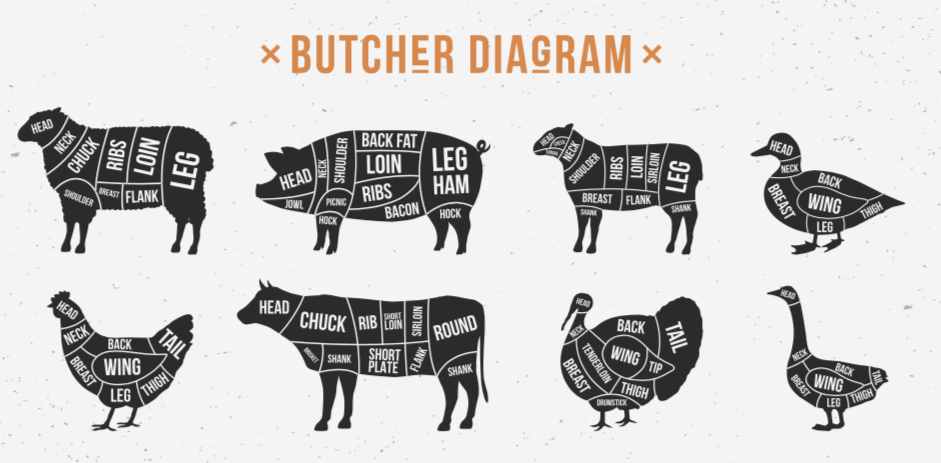We all know what meat is, don’t we? Meat is something we buy at a butchers or in a grocery shop and cook up for dinner.
Sure, but to a scientist there is a more descriptive definition:
Meat is the flesh of an animal that is eaten as food. It is: “skeletal muscle and its associated tissues derived from mammalian, avian, reptilian, amphibian, and aquatic species commonly harvested for human consumption. Edible offal (the internal organs such a brain, liver, etc). consisting of organs and non-skeletal muscle tissues also are considered meat.1”
Meat comes from animals.
Over millennia, humans developed the habit of eating meat. Engaging in this practice has contributed to changes in our physical growth and brain development. The communal activities: “butchering of carcasses and sharing of meat have inevitably contributed to the evolution of human intelligence in general and to the development of language and capacities for planning, cooperation and socializing in particular.”2
Meat such as chicken, pork, lamb and beef are all rich in protein. Red meat provides us with iron, zinc and B vitamins. Meat is one of the main sources of vitamin B12 in the human diet.


